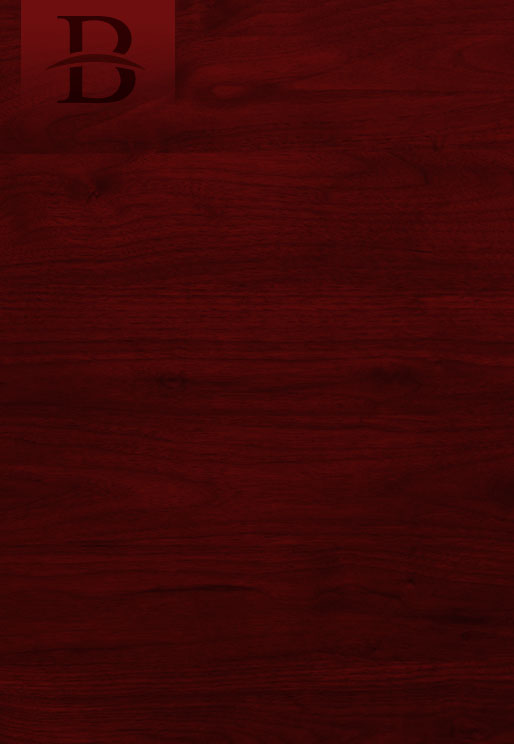If you’re facing debt you can’t repay, you might have considered some debt resolution options like one on one settlements with your creditors, a relief program, or debt consolidation. These options can be effective in relieving your debts in a few ways but none is as quick, reliable, efficient and permanent as a bankruptcy case. Filing for bankruptcy might seem like a last resort choice, but it’s actually a highly effective process that helps thousands of households find permanent financial stability in the U.S. annually. For individual consumers or spouses filing jointly, there are mainly two kinds of bankruptcy cases that can be used to handle debts. The most common type is Chapter 7 bankruptcy, which discharges your debts in exchange for the liquidation of your non-exempt assets. If your debt-to-income ratio does not pass the requirements set by the bankruptcy Means Test (if your household income is higher than the Minnesota median or average income for a similarly-sized household), you can file a Chapter 13 case instead. Chapter 13 works to reorganize your debts into a manageable repayment plan. Behm Law Group, Ltd. offers legal guidance and protection for anyone working through Chapter 13 bankruptcy in Redwood Falls, MN and the surrounding area.
Chapter 13 Bankruptcy
A Chapter 13 repayment plan lasts three to five years, a period that’s determined by your income. Secured debts like mortgages, car loans, and other debts tied to properties or liens are repaid in full under adjusted and more favorable terms. Also, priority debts like child support, alimony, criminal fines and penalties and tax debts are fully paid over three to five years with no interest. Your unsecured debts like credit card debts, medical bills, bounced checks, old utility bills, past due rent and personal loans, will be only partially paid anywhere from 0-50% and, generally, they will not be paid with interest. The amount that is paid to the unsecured creditors included in your plan will be dictated by your disposable income (income not necessary to cover your reasonable and necessary monthly living expenses), the length of your chapter 13 plan and the best interests of your creditors.
Disposable Income
In any chapter 13 bankruptcy case, you and your bankruptcy lawyer prepare a monthly budget. The budget will address all your ordinary monthly living expenses, such as food, mortgage payments, vehicle loan payments, children’s tuition expenses, gasoline for your vehicle, vehicle insurance, homeowners’ insurance, home repairs, recreational expenses, charitable contributions and many other expenses. However, in chapter 13 you are not allowed to utilize/practice the same budgetary habits that you employed before and which may have helped cause your financial problems. Your claimed monthly living expenses are viewed through and limited by the “reasonable and necessary” test. In other words, your living expenses must be reasonable and they must be necessary for you and your family to live comfortably without causing undo prejudice to your creditors. For instance, living expenses such as food, mortgage payments, vehicle loan payments would be reasonable and necessary. Expenses such as monthly motorcycle payments, payments for boats, snowmobiles, motor homes and other non-essential luxuries would not be reasonable and necessary. Any remaining income after your reasonable and necessary living expenses are paid is considered “disposable,” and you are required to use that income to repay unsecured creditors in your Chapter 13 plan every month. In this way your income determines the amount your unsecured creditors will receive. If your income changes during your repayment period, you and your attorney may need to make plan adjustments to either increase or decrease your plan payments.
Best Interests of Creditors
The other aspect of your financial circumstances that will determine the overall amount your unsecured creditors receive is “the best interests of the creditors” test. With every chapter 13 case, the attorney must conduct a “liquidation analysis” of your financial situation. Essentially, the attorney must look at your case from the perspective of a hypothetical chapter 7 case filing. The attorney must determine the total value of all your property. The attorney must determine how much of that property you would be able to protect with the available bankruptcy exemptions. And, the attorney must figure out how much of your property would be non-exempt or surrendered in a chapter 7 proceeding. For instance, presume $10,000 worth of property would be non-exempt or surrendered in a hypothetical chapter 7 case. To satisfy the “best interests of the creditors” test in a chapter 13 case, your unsecured creditors would have to receive at least $10,000 over the three-to five-year chapter 13 plan repayment period.
If this test is not satisfied, a chapter 13 repayment plan can not be approved by the bankruptcy court and the chapter 13 case will be dismissed.
If you’re filing for Chapter 13 bankruptcy in Redwood Falls, MN or the local region, contact Behm Law Group, Ltd. today at (507) 387-7200 or email stephen@mankatobankruptcy.com for more information.




